Tag: Resilience
Satisfaction at Work These Days?
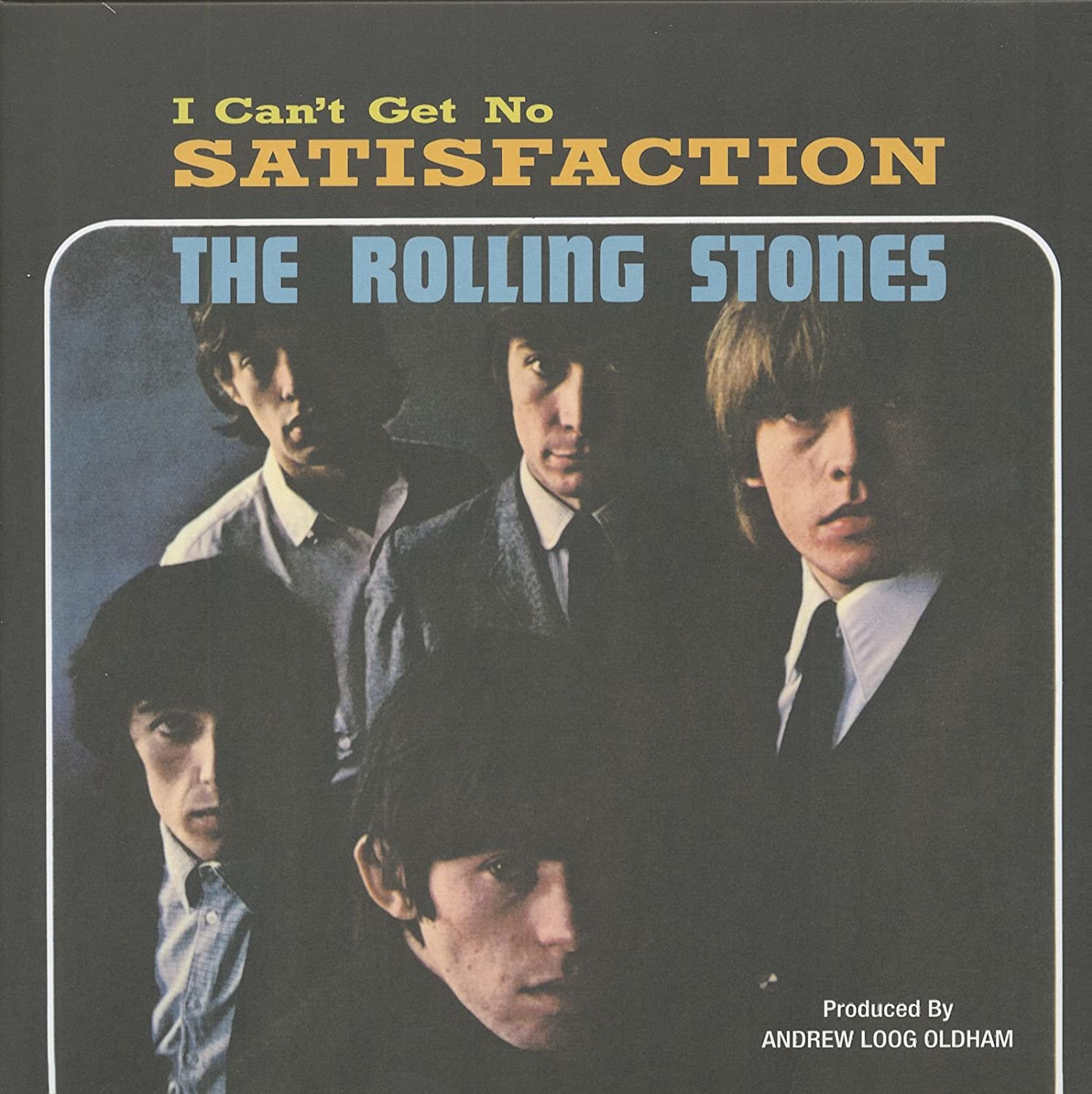
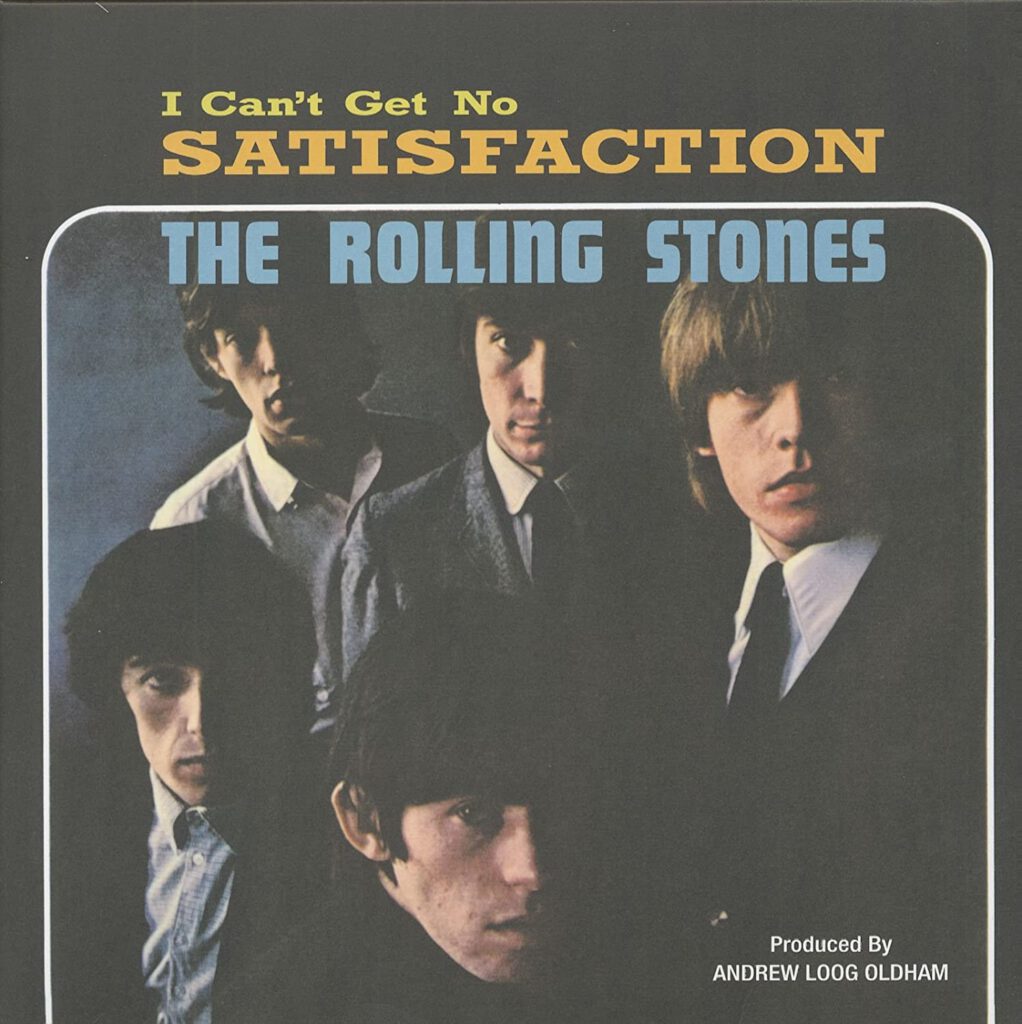
—
How much satisfaction are you getting at “work” these days? For me it’s like a rollercoaster: ups and downs, much more than I’d typically welcome.
Recently I participated in a Zoom Panel on Wellbeing and Happiness in The Workplace, organised by Systemic Coach and Communication Trainer, Jelena Vetockina. Here is the audio of my interventions about things we can do to be well in this time (see the full interview here).
—
What does it mean to be resilient and how can we be better at it?
—
On the concept of being “emotionally fit”:
—
What do leaders want to be doing in this time of uncertainty?
—
Hands-on techniques to deal with conflict:
—
What is your Team Diagnostic about?
—
Hope this has been helpful and I’m open to continue the conversation with you about what your team is going through or what your are experiencing at work in this time.
You can reach me at t@tobiasrodrigues.com
Coping with Coronavirus: The Second Chance

In uncertain times, everything can seem to happen fast and at the same time.
How can we deal with the sense of missing out on opportunities?
—
Fire Up The Badass You With These Three Questions


—
Resilience is the ability to bounce back from setbacks. How resilient are you? False modesty aside, I must concede I am tougher than I usually give myself credit for. Here are three questions to help center our focus and boost our resilience in tough times.
—
1. Past: What misfortunes have I overcome?
—
Misfortunes are a normal part of life. Shit happens. Life has knocked us down so many times, and yet, we are still here, we are still in the game. This question helps awaken our ability to get up and fight back.
We are today what we overcame yesterday.
2. Present: How could this be worse?
—
In bad times, it’s easy to notice the things we were taking for granted that are no longer here. “How could this be worse?” turns our focus to what we might be taking for granted right NOW!
This sort of negative visualization helps develop a sense of gratitude and tranquility amidst difficulties. This is powerful because gratitude and tranquility cannot coexist with fear, frustration, anxiety or anger.
There is no fulfillment where there is no gratitude.
3. Future: What can I learn from this?
—
Every trial is temporary, which begs the question: How will we emerge from it? How do we want to emerge from it? Most of life’s important lessons come from tough times. If we choose to, painful situations can teach us.
What does this situation show about you, other people, and the world that was unseen to you before? How can you use this to grow and improve?
Pain put to good use leads to wisdom.
So how resilient are you? If I had to guess, you are tougher than you usually give yourself credit for. You are a badass. Be a badass.
Coping with Coronavirus: The Last Time

Have you heard of a technique that helps with tedious tasks and stressful situations?
One that can be practised at any time, in any place, and by anyone, including children?
—
Coping with Coronavirus: A Tale from Greek Mythology

In this tough time, it is natural to experience unpleasant moments.
This tale helps us appreciate that these moments can also play a meaningful role. If only…
Protect your Wellbeing from the Coronavirus

—
Disclaimer: I am NOT a medical doctor and this is NOT medical advice.
This post is about specific activities we can do to help us cope with the fear, uncertainty and undesired consequences of this crisis, especially for those of us confined to our homes.
I am sharing a one-pager with activities we can practice in different areas of our lives. Regular practice will prove to keep us in the best possible condition to cope with this crisis.
—
I designed this for you to download
and use as a checklist or cheatsheet
to keep us in check during this time.
—
You will notice I use the term “emotional fitness”. Just like physical fitness is the condition that allows us to perform physical activities, such as sports, emotional fitness is the condition that allows us to use our emotional intelligence so as to live fully.
I feel most of this is easier understood than done, but I’d love to know your thoughts and questions.
Stay safe.
A Lesson From Tough Times

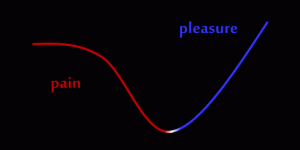
Think of someone who causes a sense of admiration when you recall the tough stuff they’ve been through and still managed to keep it together. How did they do it?
Lao Tzu said that the person who conquers others is strong while the person who conquers him/herself is mighty. How do you do that? Is there a formula?
It is precisely the extreme events of our life
that show us the essence of growth.
My personal experience of “intense” change includes moving unexpectedly at the age of 13 from Canada to a tiny Island of Portugal; losing quite a bit of weight (25 kg/55 lbs), and a career change.
More importantly, I’ve seen others go through much tougher events, such as an unjustly large jail sentence, the shaking news of a terminal illness, the untimely death of a son or the raw suicide of a sibling.
What does it take for us to change or overcome imposed change? In all these situations, I’ve noticed two defining forces that allow us to effect change or to overcome imposed change: pain and pleasure. I call them “The Curves of Change”.
The curves apply both to a desired change we wish to implement or an imposed change we wish to overcome.
Pleasure makes change desirable.
Pleasure is an attracting force: it pulls us to change. When faced with a situation to overcome, visualizing the pleasures that we will receive creates the desire to change.
For ex., when my family and I moved, the desire to make friends impelled me to quickly improve my Portuguese. When I lost weight, the idea of being slimmer made me want to exercise. When I changed career, the hope of more freedom fueled me to complete another master’s.
When we want to change, the first step is to visualize the pleasures that will be obtained as a result of changing. This provides the motivation to take action.
Pain makes change inevitable.
Pain is a repelling force: it pushes us to change. Pain is more effective than pleasure. Often there’s a taunting voice in our head: “It’s too hard. It’s not worth it. Not now.”
The efforts involved in changing can sway us to give up and settle for the way things are. The solution to reducing the pain involved in changing is to emphasize the pain involved in not changing!!
The solution to overcoming
great pain is a greater one.
For ex., when we moved, feeling ridiculous when I talked helped me overcome the challenges of an unfamiliar language. As I lost weight, the idea of feeling tired again drove me to stick to months of strict dieting. When the uncertainties of a new career made me doubt, the thought of another month doing the same thing pushed me forward.
The second step is to reduce the pain involved in changing by emphasizing the pains of not changing. This eases the feeling of discomfort involved in changing and gives us the stamina to endure.
Have no doubt, the road of change turns to lessen pain and curves to enhance pleasure. Be sure to look at it from this perspective. To successfully effect any change, engage in increasing pleasure and getting rid of pain!
What roles to pain and pleasure play in the curves of your change?
How Do You Get What You Want?
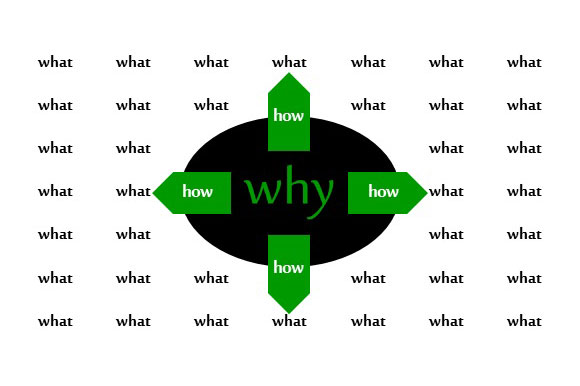
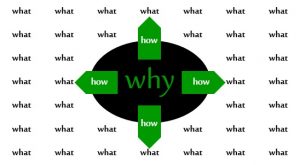
Has it ever happened to you to ask a waiter for something, who says “Sure, no prob”, and then he or she shows up with something different and then runs off, disappearing?
My father in law, Miguel, has a funny comeback for these situations. He got it from one of his law professors in university when he’d get answers to questions he did not ask.
Miguel says he sometimes feels like saying: “Now that you’ve brought me whatever you felt like, could you please bring me what I asked for!” However, I’ve never heard him use this line. I’m guessing he’s too much of an experienced gentleman to answer this way.
Crucial to effective communication and team performance is mastering the art of requests. We practice this in my seminars. The goal is to know what we want, why we want it and how we’ll get it.
With the diagram above, notice differences between needs, wants and requests:
Need = The Problem, Why: It’s a vital element to our wellbeing as humans. Thirst, tranquility and safety are examples. Notice that – physical, psychological or spiritual – we all tend to share similar needs. Here’s a list of common needs.
- Want = The Solution, What: It’s an answer to satisfying a particular need. If you’re thirsty you might want water; if you need some peace you could desire silence; if you need safety you might want a new door lock.
Our wants are the choices we make to respond to our needs.
Notice wants are one of many options. Instead of water you could want a soda; music instead of silence; a Rottweiler, not a lock. Unlike needs, wants are informed by our environment. For ex., the need for clothing can result in wanting the clothes informed by the fashion culture.
- Request = The Strategy, How: It’s the act of petitioning something from someone for the purpose of satisfying a want or a need. Ex: You could ask your partner for water, your colleague to turn down the music, or the landlord for a new lock.
Requests are strategies we use to satisfy our wants and needs.
Notice once again how a request is one of several strategies. You could have decided to get the water yourself, move to a quieter room, or change the lock on your own.
If we confuse the three, we end up requesting things we don’t want and wanting things we don’t need. We confuse problems (needs) with solutions (wants). We neglect the strategies (requests), forget the why (needs) and focus only on the solution (wants).
A tool for when we don’t get what we want: Ask yourself: What is the real problem (the need, why)? Are there other solutions (the wants, what) or better strategies (the requests, how)? Now adapt your wants and requests to meet your needs!
When a request is the best strategy, we want to trigger willingness from the receiver, not denial. We’ll discuss how to do this in following entries. Comments? Questions?
It’s Always My Fault!
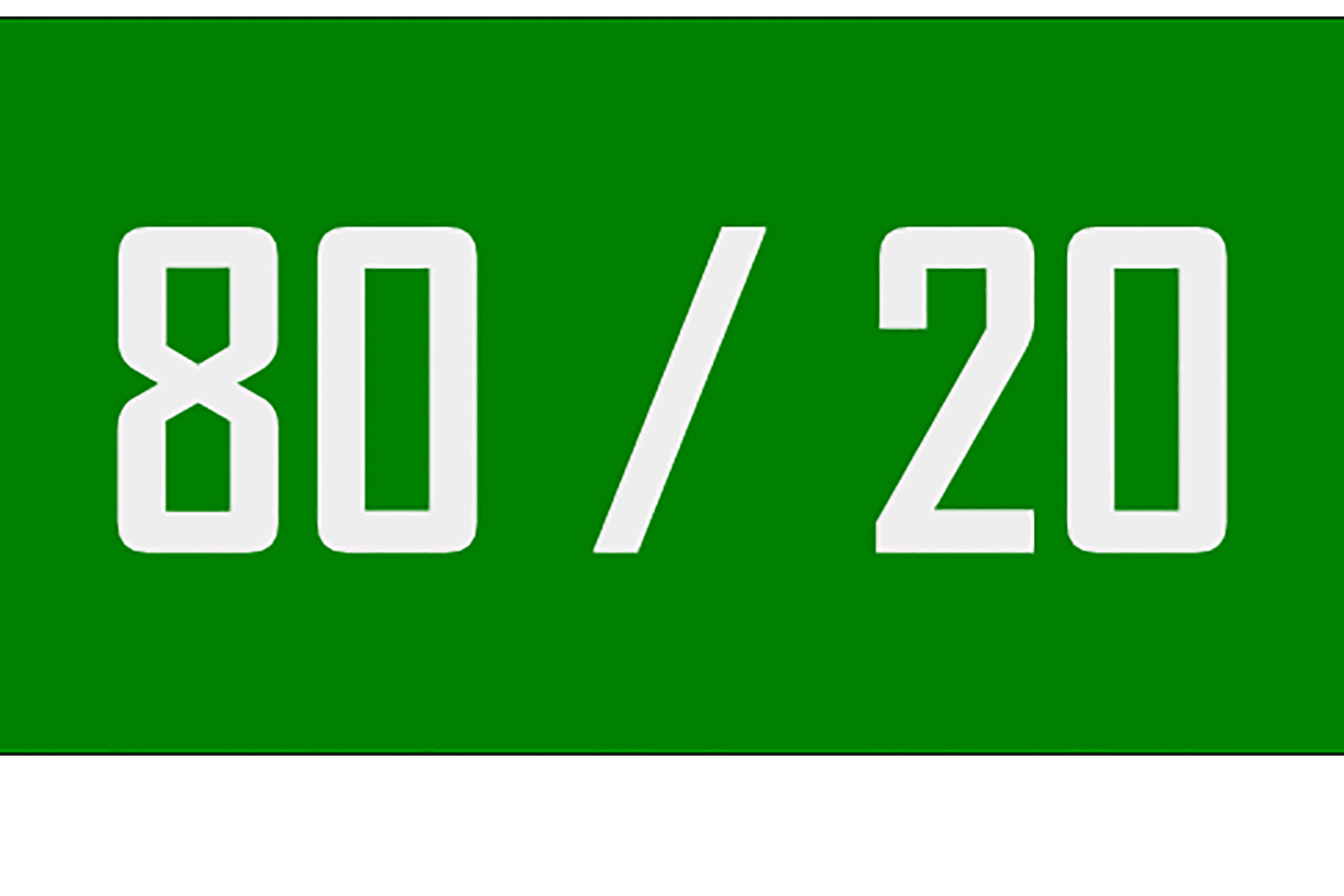
 On Tuesday, a client and I met to discuss a session we’re going to do on relationship management. One of the topics was how the corporation’s managers sometimes can’t stand some of the people they work with. They feel it’s useless and case closed.
On Tuesday, a client and I met to discuss a session we’re going to do on relationship management. One of the topics was how the corporation’s managers sometimes can’t stand some of the people they work with. They feel it’s useless and case closed.
I love this topic, especially when it comes up in my seminars. It’s always interesting to see the look on participants’ faces when I present the commitment ratio of the relationship building system I created: 80% you; 20% the other person. What?!
Yep, that’s the look on their faces. You do 80% of the work and the other person does 20%. “That’s not fair!” — some might say. Relationship management at work is not about fairness (that comes later), it’s about effectiveness.
The ultimate challenge is not
how you relate to others. It’s how you deal with YOU!
Relationships need to function for everyone to get their jobs done. An 80/20 ratio assures your commitment produces functioning results that guarantee performance. “But it doesn’t make sense: the other person is the problem, not me!” — others object.
This reminds me of a story back in my university days. One late night, as I was making my way home, I saw a man literally banging his head against a street post. I kind of recognized him, so I walked up to him.
After a long monologue, I came to learn his tragic story. His wife had left with another man and took the children. His partner was no longer a partner. His business was crumbling. He was drinking… I almost felt sorry for him. But then I didn’t.
It’s a tough lesson: either you take on the responsibility
of being in charge of the events of your life or… you don’t.
When he finally asked if I wasn’t going to say anything, I asked: “You expected people would behave in a certain way, right?” What?! — was the look on his face. Then silence. Then a smile.
“That’s right”, he said. “I’ve blamed everyone around me for everything that has happened to me. That puts the power to lead my life in their hands, not in mine. To be in charge, I need to accept it’s my fault.”
That day, that man began to understand that it will always be up to him to take charge of how relationships affect his life and how he will proceed. He understood that the outcomes of our relationships start with us.
Today, that man leads a fulfilling life — lots of challenges no doubt, but fulfilling. Today, he is an 80/20 man, committed to producing functioning results that guarantee performance. His approach is: regardless of what happens, it’s always my responsibility.
Could this work for you? I’m eager to see how the managers will respond!
Chew Before You Swallow, she said

Young Artur could not have been much older than 10 when he was first sent to boarding school. This meant moving from Graciosa to Terceira, in the Azores Islands, Portugal.
Today, at almost 90, Artur or Cunha de Oliveira – he prefers his surname – is a renowned figure of the Azores. In him you’ll find demanding wisdom and generous compassion. He is a good friend and a mentor.
Standing on the pier that day before he boarded, his mother gave him a lifelong piece of advice:
“Son, remember to chew before you swallow”, she said.
“Mom, I’m not a baby. I know better than to swallow food without chewing”, he replied.
“Oh, I don’t mean the food, my dear!” And with a kiss and a smile, she bid him goodbye.
She was referring to the many things he would be taught and would learn. This principle has guided him on a journey that has been unique and fascinating (for instance, service as a Member of the European Parliament).
Sometimes, what is most evident goes shockingly unnoticed.
His mom’s advice is one of those cases – commonsense usually is. I often wonder how many things I accept to be true without pausing to ask: Is this really so?
Believing everything you think is not a freeway to freedom.
Trusting everything we are taught and told is no diploma of wisdom. Accepting things at face value proves to be a mask that conceals disillusion. Instead, to nurture the routine of pausing to test the strength of our truths is a practice of growth.
One question you might want to keep in your back pocket for unexpected situations is: “Why not?” For, now and then life might kick us in the buttocks. And with a righteous claim in our voices, we’ll jump up to object: “But why? Why me?!”
I’m quite sure there won’t be an answer. This might be life’s way of asking “Why not? Or have you swallowed something without chewing?”
Who do you know who’d enjoy Artur’s mom’s advice? Share it!

